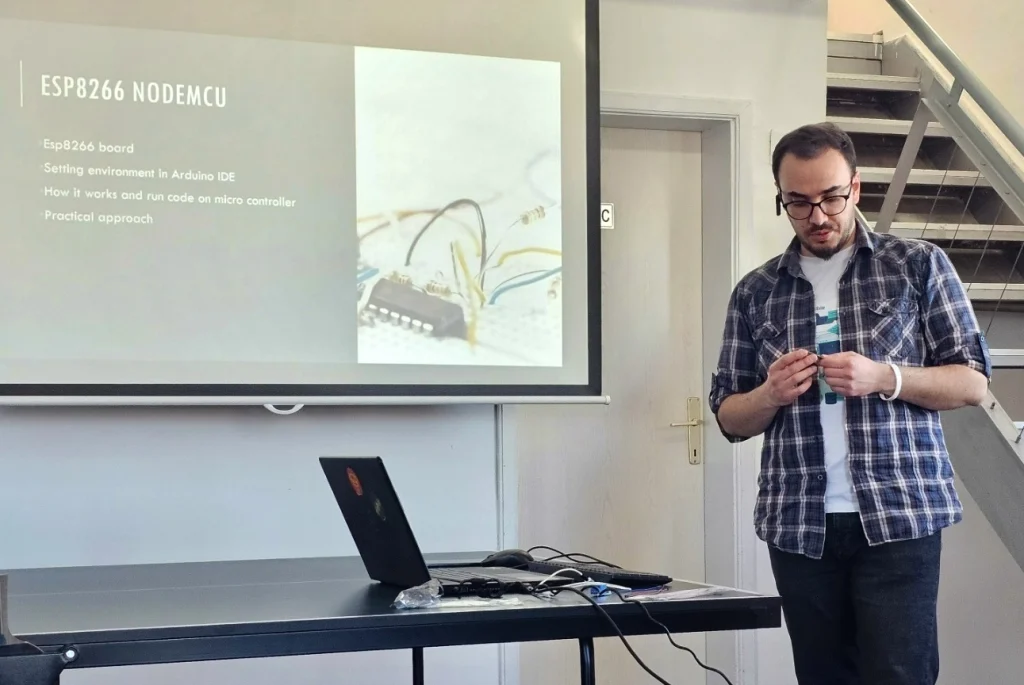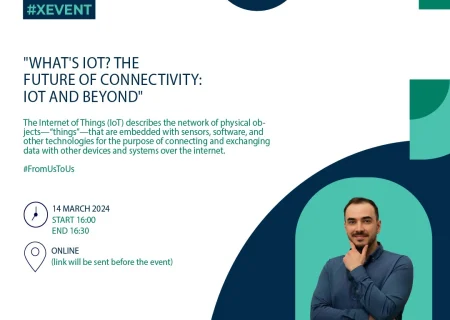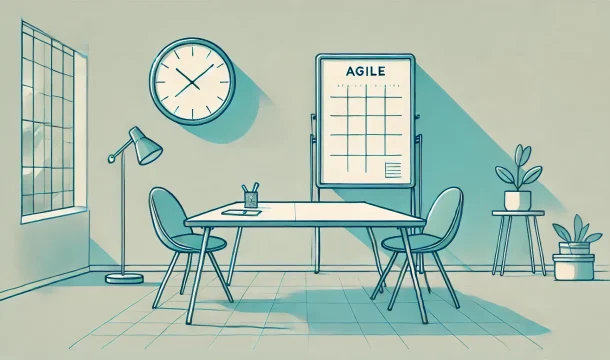Think of a thermostat that self-adjusts to save energy or traffic lights that change based on real-time traffic. Ever wonder what makes this possible? You guessed it, the Internet of Things. But how does IoT work, and what is the core of it?
What is IoT?
There are many definitions and explanations of IoT in technical depth, but simply put, it is a network of interconnected devices that communicate and transfer data. Moreover, these devices, such as microcontrollers with attached sensors and actuators, receive and transmit data, sharing information over a connected network.
Initially, the idea of interconnected networks traces back to the early development of ARPANET in the 1960s. However, the term “Internet of Things” and its modern concept gained traction in the early 2000s with the global surge of broadband internet and mobile phones.

Where is IoT Implemented?
The Internet of Things spans various sectors, demonstrating its versatility and transformative potential. Some notable areas of implementation include:
Healthcare
Connected devices enable remote patient monitoring, telemedicine, and advanced diagnostic tools. For instance, a notable example is the reportedly first brain surgery conducted using 5G and IoT technologies, improving precision and reducing latency in critical operations.
Smart Homes
Advanced lighting systems, appliance control, and robust security surveillance improve convenience and safety in daily life.
Smart Cities
Urban applications include traffic management systems, waste management solutions, and air quality monitoring, contributing to more efficient and sustainable living.
Manufacturing
This technology optimizes factory production processes and supports predictive maintenance, reducing downtime and boosting efficiency.
Feel free to check out our legacy app modernization case study for an IoT solutions company operating in the industrial software industry.
Agriculture
In agriculture, IoT helps create optimal growth conditions, track farming processes, and implement intelligent farming techniques, leading to higher yields and better resource use.
Defence
IoT is utilized for advanced avionics, cyber warfare strategies, drone weaponry, and rocket defence systems, strengthening national security capabilities.
The Core of IoT and How It Works
The core of the Internet of Things boils down to three fundamental elements:
- Connected Devices
Physical devices equipped with sensors, processors, and network connectivity gather and transmit data, forming the foundation of the network. - Data Collection and Sharing
Devices collect and exchange data, which is crucial for generating insights and driving actions. - Actions and Insights
Collected data becomes valuable when analyzed to produce actionable insights, leading to intelligent decisions and actions within the network.
Ultimately, these components work together to create a network of devices that sense, communicate, and act on the physical world around them.
How Everything Is Connected
Several critical parts enable the whole operation:
- Sensors: Collect data from the environment, acting as the system’s eyes.
- Actuators: Perform physical actions based on data or instructions, functioning as the system’s hands and feet.
- Connectivity: Ensures communication between devices, serving as the nervous system.
- Data Processing: Known as the brain of the system, data processing involves analyzing and processing collected data, whether on-device, locally, or using cloud computing.
- User Interface: Provides a means for users to control and monitor devices.
- Security: Protocols, encryptions, and authentications ensure the safe transfer of data within the network.
Communication Protocols in IoT
Various communication protocols are used based on the application’s specific needs. Roughly speaking, there are three main categories:
- Short-range, low-power communication
- ZigBee: Ideal for low-data-rate and low-power applications.
- Bluetooth/BLE: Commonly used for short-range data transfer between devices.
- Z-wave: Mostly used for home automation systems.
- Medium-range communication:
- Wi-Fi (802.11): Provides higher data rates and is widely used in homes and offices for internet connectivity.
- Long-range communication:
- Cellular networks (4G and 5G): Suitable for applications requiring extensive coverage and higher data rates.
- LPWAN (Low Power Wide Area Network): Commonly used for short-range data transfer between devices.

The Future Beyond IoT
Potentially, a handful of emerging technologies can further transform how devices communicate and function:
- Internet of Everything (IoE): Specifically, this concept expands IoT by integrating people, processes, data, and things into a unified, intelligent network.
- 5G and Edge Computing: These advancements provide faster data speeds and lower latency, greatly enriching the performance and capabilities of connected devices.
- Machine Learning and AI: Utilizing neural networks and large language models enable intelligent decision-making and personalized experiences, pushing the boundaries of what connected devices can achieve.
Final Thoughts
The Internet of Things is transforming how we interact with technology across various aspects of life. Understanding its core components, current applications, and the emerging technologies driving its future helps us appreciate its transformative potential. With IoT continually evolving, businesses and individuals should embrace these advancements to stay ahead, as the possibilities are vast and exciting.



